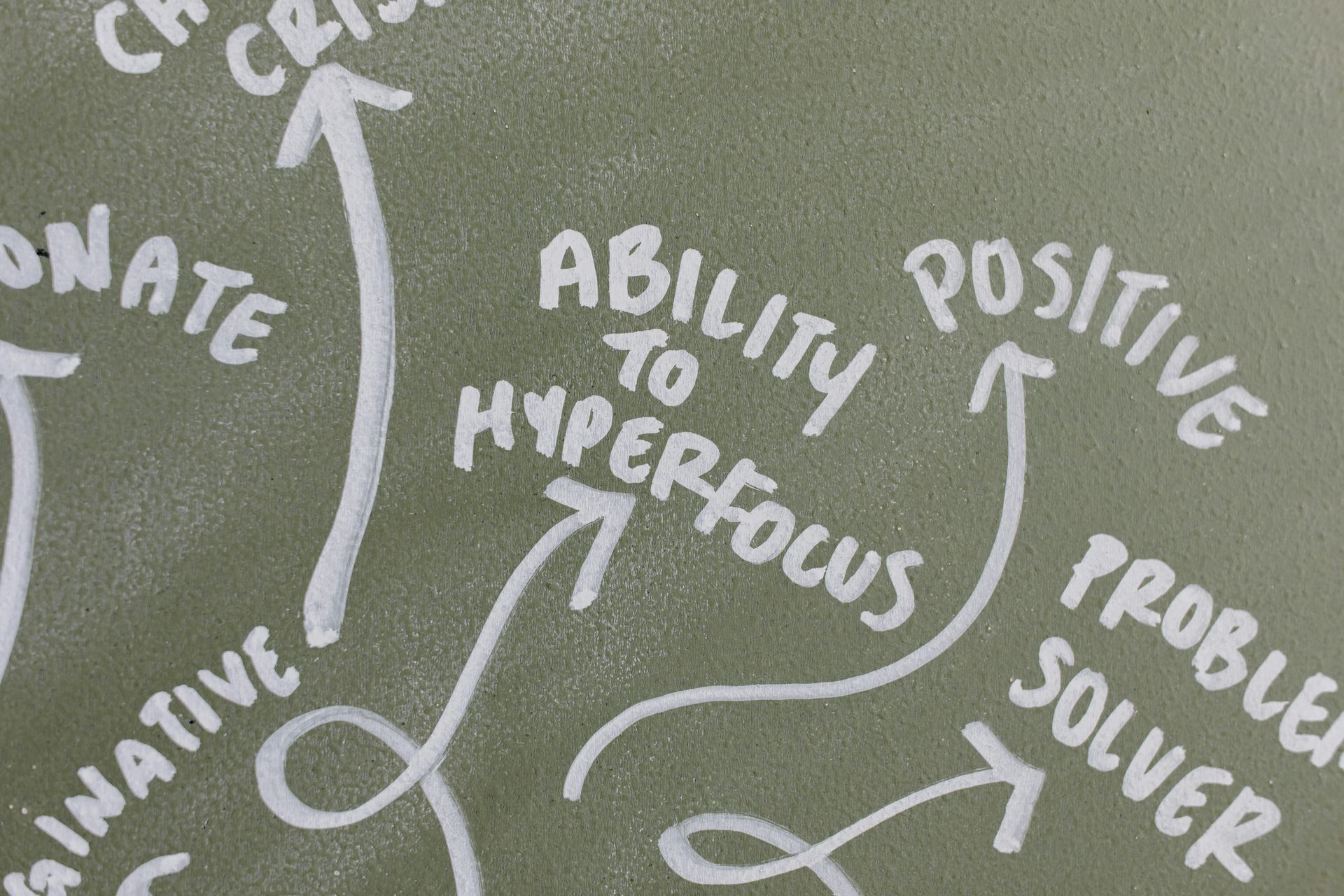What collective intelligence can do for modern CEOs and C-Suite executives
Modern environment of CEOs and C-Suite executives
Times are changing for executives - it's not enough to be able to stay in the role through personal traits and strategic vision. ESG expectations are evolving. Evidence of well-governed and sustainable decisions will likely become a mandatory requirement for executives to be successful and even legally compliant. The personal cost of poor decision-making is rising, even if the director has her / his own justification.
“In today’s turbulent environment, leaders may be tempted to stick with the approaches that have worked for them in the past — regardless of whether they are still fit for purpose — rather than rethinking and changing the way they lead. But the costs of leaders remaining in the familiar zone can be high” - McKinsey & Company,
The State of Organizations 2023.
Executives are expected to continually improve things and push the boundaries of what is possible. C-suite leaders are often trained on the “it’s a lonely job at the top” theme. To complicate matters further, executives often feel pressured to achieve results and feel the need to take action and accept risks. The work is exponentially harder for leaders who push the envelope and desire to build extraordinary companies.
Executives need to “use all five senses to glean intelligence” - Georgie Dickins, Stratospheric CEOs: Inspirational real-world lessons in leadership for the modern-day leader.
This article provides a critical thinking lens on what is needed to achieve sustainable success.
Key reason why executives fail to deliver change
Corporate Executive Board (CEB) estimates that50% to 70% of executives fail within 18 months of taking on a role. One of the key reasons is: "They don’t prioritize listening and learning — and fail at managing change".
These challenges occur when executives inadvertently breach psychological safety, sponsor "yes-man" culture, tribal politics, and make decisions with a strong bias towards past personal experiences as opposed to specific, latest evidence.
Probability of failure increases when CEOs concentrate power and disable collective intelligence to an extent that procedural checks and balances become ineffective.
Modern decision-making pattern for successful CEOs or a C-Suite executives
Recognise the unintended threats
Many leaders believe that a command-and-control style of decision making is required to enable subordinates to do what they do best and to convey clarity to the organization. This is an outdated view that does not align with the implied expectations of due diligence associated with the modern environment and does not align with the best behaviors needed to build high-performing teams.
First, the command-and-control style of decision-making implies unilateral decision-making, even if trusted persons have been consulted. Therefore, this leadership style implies the need to know almost everything in order to make a decision - this is not a realistic proposition. In the context of modern internal and external complexity, "leaders do not need to know everything" -
Tony Martingetti and Mike Ettore podcast.
Research has identified that CEOs, especially startup founders, often exhibit overconfidence bias - “80% of the respondents pegged their chances of success at at least 70%—and one in three claimed their likelihood of success was 100%”. This is akin to the “better than average driver” paradox -
majority of drivers, up to 80%, would rate themselves above average, which is not statistically possible. This callout is supported by another
study of 1,250 executive teams that revealed a strong link between company success and high executive team performance, yet only 20% of executive teams excelled.
Leaders, and some CEO coaches, explain the benefits of command-and-control through the lens of avoiding drag, communicating certainty and confidence. These assertions do not have supporting evidence and may not apply to your specific context. In fact, most behavioural research suggests that high performance is achieved through co-creation within high psychological safety.

McKinsey & Company, Psychological safety and the critical role of leadership development
An alternative to command-and-control leadership is consultative leadership. It is often perceived as a “decision-making by committee” process, which can be slow and monotonous without the benefit of more tangible evidence. It is true that not all votes matter. However, one "no" can be worth a thousand "yes" - authoritative leadership blocks this critical capability and makes decision-making unsustainable.
Traditional forms of engagement (surveys and top-down communication) lead to a scenario where no voice is truly heard. Authoritative leadership always gets reinforced to such an extent that executive committees become echo chambers. Authoritative leadership is a domain of the outdated autocratic organizational behavior model
Convert Awareness into Opportunity
Fixing decision-making overconfidence does not have to be associated with being slower. There is opportunity - “fixing these decisions through behavioural decision processes could increase economic output by 40%” (Anastasia Santoreneos, ‘Enormous gap’: 40% of business decisions are bad – but it can be fixed)
There is a way to make democratised decisions fast without polluting the process. Collective intelligence powered by the Live Pulse model is the modern solution for avoiding drag associated with committees, whilst still being factual and connected with realities of behavioural dynamics.
Here is how it works:
- Implement a collective intelligence data lake
- Empower a series of Live Pulse “team journals”, per department or team - the purpose of team journals is to channel and aggregate critical thinking in a psychologically safe and data-driven way; This method is much more powerful than traditional surveys
- Team-level journals within the data lake can be confidential if organization-wide sensitivities require controlling excessive sharing of information
- Sponsor the flows into the data lake by pivoting the job of managers as facilitators of critical-thinking data points. This process has multiple benefits:
- It is much more effective and cheaper than traditional surveys
- Re-awakens employee participation
- It is easy to detect teams which are unable to generate any inputs, or have broken psychological safety, or are disengaged for some other reasons
- Elevates both HR and middle managers to a role of strategy enablers that help aligning execution with vision
- Link decisions to themes evidenced by the “always-on” collective intelligence
- The data lake of critical-thinking can be interrogated at any time with the help of Neelix Ai Assistant and real-time dashboards
Benefits:
- Fiduciary duties and decision-making assurance
- The Live Pulse model ensures that decisions are made with the hindsight of experience trends and practical implications to group dynamics
- Key stakeholders will have greater confidence that C-Suite executives are making holistic decisions and performing their fiduciary duties well (Australian Institute of Company directors, Individual General duties of directors)
- Whilst “the first job of a leader is to make decision with imperfect information” (Stephen Casper, lead director of MarketAxess), collective intelligence makes managing ambiguity easier because it creates a bridge between intuition and analysis - evidence-able assurance when operating with imperfect information justifies greater agility and helps to prevent analysis paralysis
- Improved predictability of outcomes
- Given that data points supporting the decision were already cultivated within the grassroots, people will align quicker and act together more effectively
- It is easier to communicate the rationale behind decisions in the processes of winning hearts and minds of employees
- Improve confidence in vision and strength of strategy by
- Tracking the success or failure of decisions in order to provide transparency and learnings back to the organization
- Tracking of decision-making success focuses everyone's attention on subject at hand - it avoids finger-pointing and therefore supports critical thinking process that feeds collective intelligence
- Accountability becomes just as collective as the organizational intelligence
- Outcomes are no longer the sole liability of the executive
- It is possible to escape the “it’s a lonely job at the top” predicament. You will be assured to have a critical mass of respect when employees feel that they have a voice (it is not about a vote), and that collectively communicated data points trickle through to decisions
- Turn individual contributor capabilities into enriched partnerships
- Collective intelligence data lake enables better management of risks because action-oriented motivations are balanced against the possibilities offered by systems-thinking
- Bridging between perspectives occurs naturally before strategic decisions need to be made - this avoids the decision-making by committee whilst still having decisions that have strong lineage to democratised evidence



